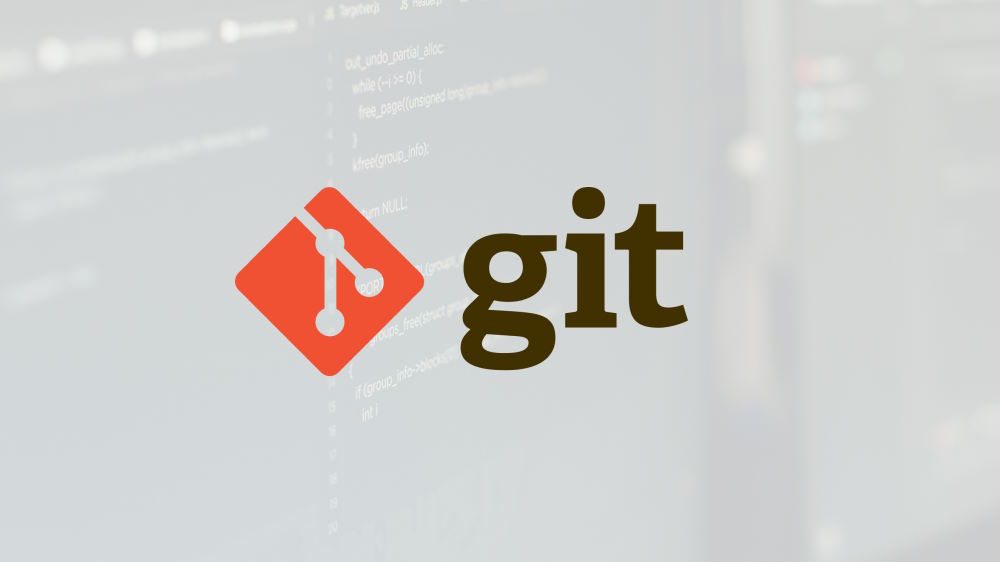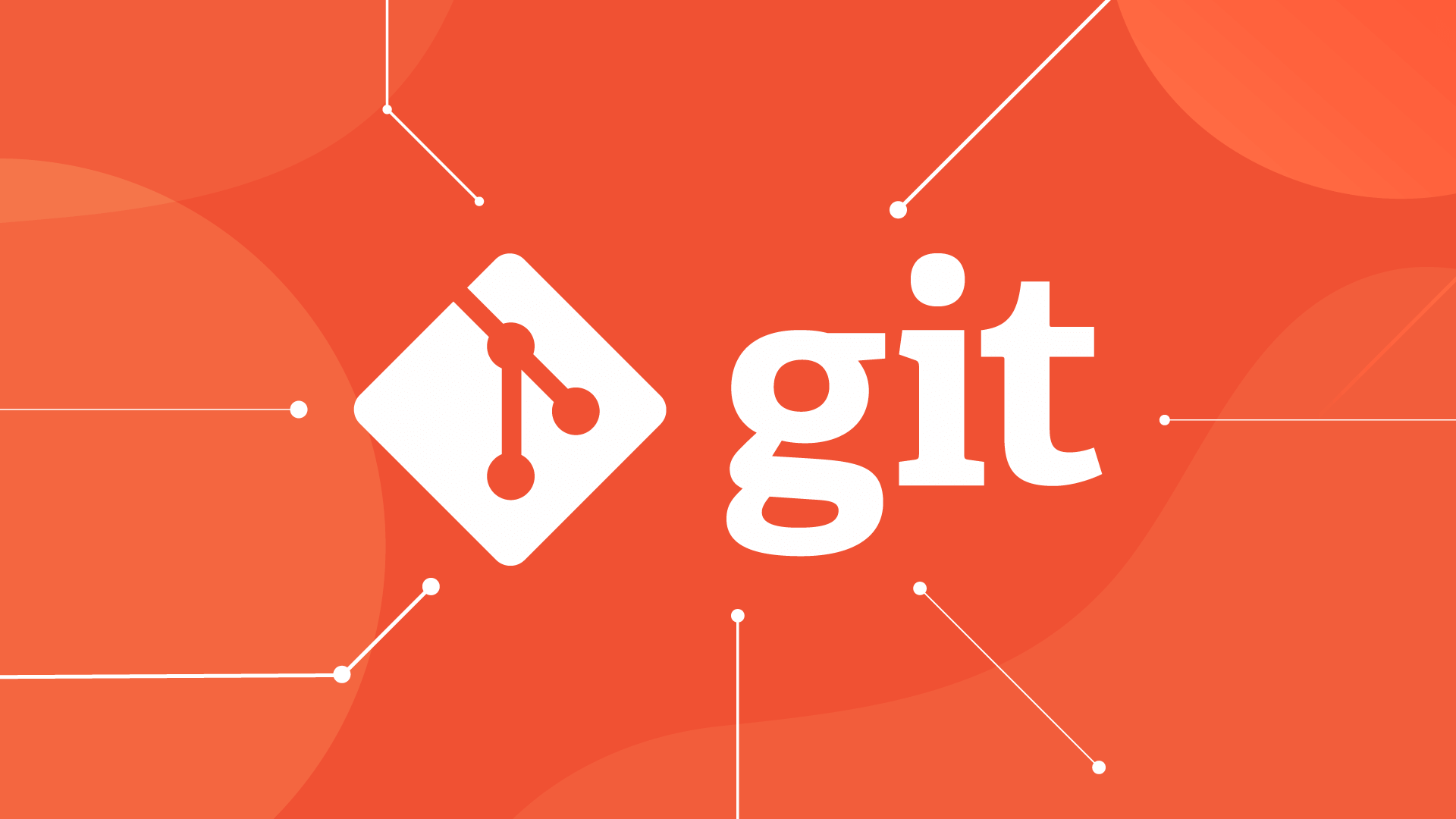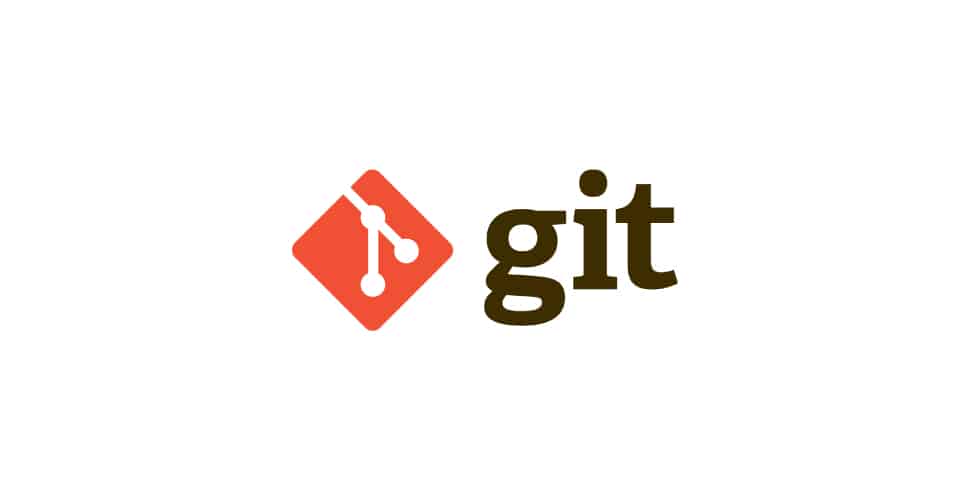Use git stash to temporarily store uncommitted changes to quickly switch branches or pull updates; 2. Use git stash -u to include new files, git stash pop to apply and delete the latest stash, and git stash apply to apply but retain; 3. Name the stash (such as git stash push -m) for easy identification, avoid long-term accumulation, and clean it up in time. It is not a backup tool but a temporary clipboard, which can be used and left to keep development flowing.

If you've ever been deep in a coding session—mid-feature, new ideas flowing—only to get interrupted by a critical bug fix or code review request, git stash is your best friend. It lets you temporarily save your uncommitted changes without committing them, so you can switch branches or pull updates cleanly. Here's how to use it like a pro—not just the basics, but the real-world scenarios where it shines.

? When to Use Git Stash (and When Not To)
Use it when:
- You're halfway through a feature and need to switch branches quickly.
- You want to pull the latest changes from
mainbut have uncommitted local changes. - You're testing something experimental and want to save it for later without polluting your commit history.
Don't use it when:

- Your changes are ready to commit—just commit them!
- You're working on a team and need to share those changes—use a branch instead.
- You're stashing for days or weeks—stashes aren't meant for long-term storage.
? Pro tip: Think of
git stashas a temporary clipboard , not a backup system.
??Basic Commands You'll Actually Use
# Save current changes (tracked files only) git stash # Save everything—including untracked files git stash -u # List all stashes git stash list # Apply the most recent stash and remove it from the stash list git stash pop # Apply a stash but keep it in the list (useful for testing) git stash apply
These are the core commands. But here's where people get tripped up:

-
git stashonly saves tracked files by default . If you created a new file (src/utils.js), you needgit stash -uto include it. -
git stash popapplies and deletes the stash. If there's a conflict, the stash stays—so checkgit stash listafterward.
? Real-World Workflow: Bug Fix Interrupt
Imagine this:
- You're working on a feature branch (
feat/user-profile). - Your boss says: “Fix this critical bug in
mainnow!”
What to do:
# 1. Stash your current work (including new files) git stash -u # 2. Switch to main git checkout main # 3. Pull latest changes (no conflicts!) git pull origin main # 4. Fix the bug, commit, push git add . git commit -m "Fix login timeout bug" git push origin main # 5. Go back to your feature branch git checkout feat/user-profile # 6. Restore your stashed work git stash pop
This keeps your history clean and avoids merge conflicts from half-finished code.
? Bonus Tips for Power Users
Name your stashes for clarity:
git stash save "WIP: user auth refactor"
(Note:
git stash saveis deprecated but still widely used—git stash push -m "message"is the new way.)Apply a specific stash (not just the latest):
git stash apply stash@{2}Clean up old stashes :
git stash clear
?? This deletes all stashes—use with caution!
See what's in a stash before applying :
git stash show -p stash@{0}
Git stash isn't magic—it's just smart temporary storage. Use it to stay flexible without breaking your flow. Most people learn it once and forget it, but once you start using it in real workflows, you'll wonder how you coded without it.
Basically, just remember: stash when interrupted, apply when ready, and don't let stashes pile up like unread emails.
The above is the detailed content of A Practical Guide to Using Git Stash. For more information, please follow other related articles on the PHP Chinese website!

Hot AI Tools

Undress AI Tool
Undress images for free

Undresser.AI Undress
AI-powered app for creating realistic nude photos

AI Clothes Remover
Online AI tool for removing clothes from photos.

ArtGPT
AI image generator for creative art from text prompts.

Stock Market GPT
AI powered investment research for smarter decisions

Hot Article

Hot Tools

Notepad++7.3.1
Easy-to-use and free code editor

SublimeText3 Chinese version
Chinese version, very easy to use

Zend Studio 13.0.1
Powerful PHP integrated development environment

Dreamweaver CS6
Visual web development tools

SublimeText3 Mac version
God-level code editing software (SublimeText3)
 Python development experience sharing: how to perform version control and release management
Nov 23, 2023 am 08:36 AM
Python development experience sharing: how to perform version control and release management
Nov 23, 2023 am 08:36 AM
Python development experience sharing: How to carry out version control and release management Introduction: In the Python development process, version control and release management are very important links. Through version control, we can easily track code changes, collaborate on development, resolve conflicts, etc.; and release management can help us organize the deployment, testing and release process of code to ensure the quality and stability of the code. This article will share some experiences and practices in Python development from two aspects: version control and release management. 1. Version control version control
 Java SVN: the guardian of the code repository, ensuring code stability
Mar 09, 2024 am 09:20 AM
Java SVN: the guardian of the code repository, ensuring code stability
Mar 09, 2024 am 09:20 AM
Introduction to SVN SVN (Subversion) is a centralized version control system used to manage and maintain code bases. It allows multiple developers to collaborate on code development simultaneously and provides a complete record of historical modifications to the code. By using SVN, developers can: Ensure code stability and avoid code loss and damage. Track code modification history and easily roll back to previous versions. Collaborative development, multiple developers modify the code at the same time without conflict. Basic SVN Operations To use SVN, you need to install an SVN client, such as TortoiseSVN or SublimeMerge. Then you can follow these steps to perform basic operations: 1. Create the code base svnmkdirHttp://exampl
 PHP code version control and collaboration
May 07, 2024 am 08:54 AM
PHP code version control and collaboration
May 07, 2024 am 08:54 AM
PHP code version control: There are two version control systems (VCS) commonly used in PHP development: Git: distributed VCS, where developers store copies of the code base locally to facilitate collaboration and offline work. Subversion: Centralized VCS, a unique copy of the code base is stored on a central server, providing more control. VCS helps teams track changes, collaborate and roll back to earlier versions.
 Git or version control? Key Differences in PHP Project Management
Mar 10, 2024 pm 01:04 PM
Git or version control? Key Differences in PHP Project Management
Mar 10, 2024 pm 01:04 PM
Version Control: Basic version control is a software development practice that allows teams to track changes in the code base. It provides a central repository containing all historical versions of project files. This enables developers to easily rollback bugs, view differences between versions, and coordinate concurrent changes to the code base. Git: Distributed Version Control System Git is a distributed version control system (DVCS), which means that each developer's computer has a complete copy of the entire code base. This eliminates dependence on a central server and increases team flexibility and collaboration. Git allows developers to create and manage branches, track the history of a code base, and share changes with other developers. Git vs Version Control: Key Differences Distributed vs Set
 How to implement version control and code collaboration in PHP development?
Nov 02, 2023 pm 01:35 PM
How to implement version control and code collaboration in PHP development?
Nov 02, 2023 pm 01:35 PM
How to implement version control and code collaboration in PHP development? With the rapid development of the Internet and the software industry, version control and code collaboration in software development have become increasingly important. Whether you are an independent developer or a team developing, you need an effective version control system to manage code changes and collaborate. In PHP development, there are several commonly used version control systems to choose from, such as Git and SVN. This article will introduce how to use these tools for version control and code collaboration in PHP development. The first step is to choose the one that suits you
 Git must-know secrets: Amazing Java development
Mar 06, 2024 am 08:25 AM
Git must-know secrets: Amazing Java development
Mar 06, 2024 am 08:25 AM
1. Branching and merging Branches allow you to experiment with code changes without affecting the main branch. Use gitcheckout to create a new branch and use it when trying new features or fixing bugs. Once complete, use gitmerge to merge the changes back to the master branch. Sample code: gitcheckout-bnew-feature // Make changes on the new-feature branch gitcheckoutmain gitmergenew-feature2. Staging work Use gitadd to add the changes you want to track to the staging area. This allows you to selectively commit changes without committing all modifications. Sample code: gitaddMyFile.java3
 Version control in PHP continuous integration: essential skills for collaborative development
Feb 19, 2024 pm 10:00 PM
Version control in PHP continuous integration: essential skills for collaborative development
Feb 19, 2024 pm 10:00 PM
Version Control in Collaborative Development Version control is a vital technology in software development that allows developers to track code changes, resolve conflicts, and collaborate on development. Version control is especially important in PHP continuous integration because it enables multiple developers to work on the same project at the same time without worrying about overwriting each other's changes. Choosing the Right Version Control System There are a variety of version control systems to choose from, the most popular include: Git: A distributed version control system that is highly scalable and feature-rich. Subversion (svn): A centralized version control system that is easy to use but has poor scalability. Mercurial: Another distributed version control system that is fast and lightweight. For most p
 C# Development Advice: Version Control and Team Collaboration
Nov 23, 2023 am 11:02 AM
C# Development Advice: Version Control and Team Collaboration
Nov 23, 2023 am 11:02 AM
Version control and team collaboration are crucial in today's software development process. Especially in C# development, due to the large scale of the project and the high complexity of the code, version control and team collaboration are indispensable tools and methods. This article will discuss version control and team collaboration in C# development and give some suggestions. 1. The Importance of Version Control Version control is a method of managing and controlling software code. It can track changes in the project, record the modification history of each developer, and enable multi-person collaborative development. C# projects usually consist of many




